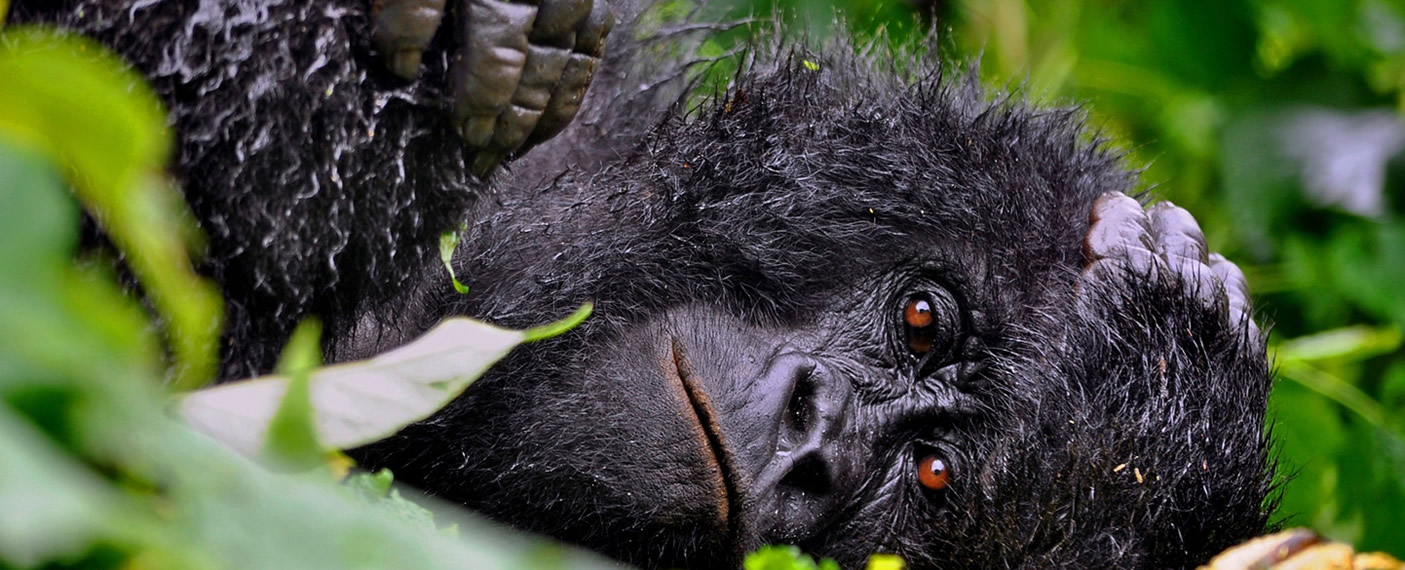Gorilla trekking is an experience that many people dream of, but few can afford. The cost of gorilla trekking is often seen as a barrier to accessing this unique and unforgettable experience. In this article, we explore the five main reasons why gorilla trekking is expensive.
Thank you for reading this post, don't forget to subscribe!Conservation Efforts
The primary reason why gorilla trekking is expensive is the high cost of conservation efforts. Gorillas are an endangered species, and their survival depends on the conservation efforts of organizations and governments in the countries where they are found. These efforts include habitat protection, anti-poaching measures, and monitoring of the gorilla population.
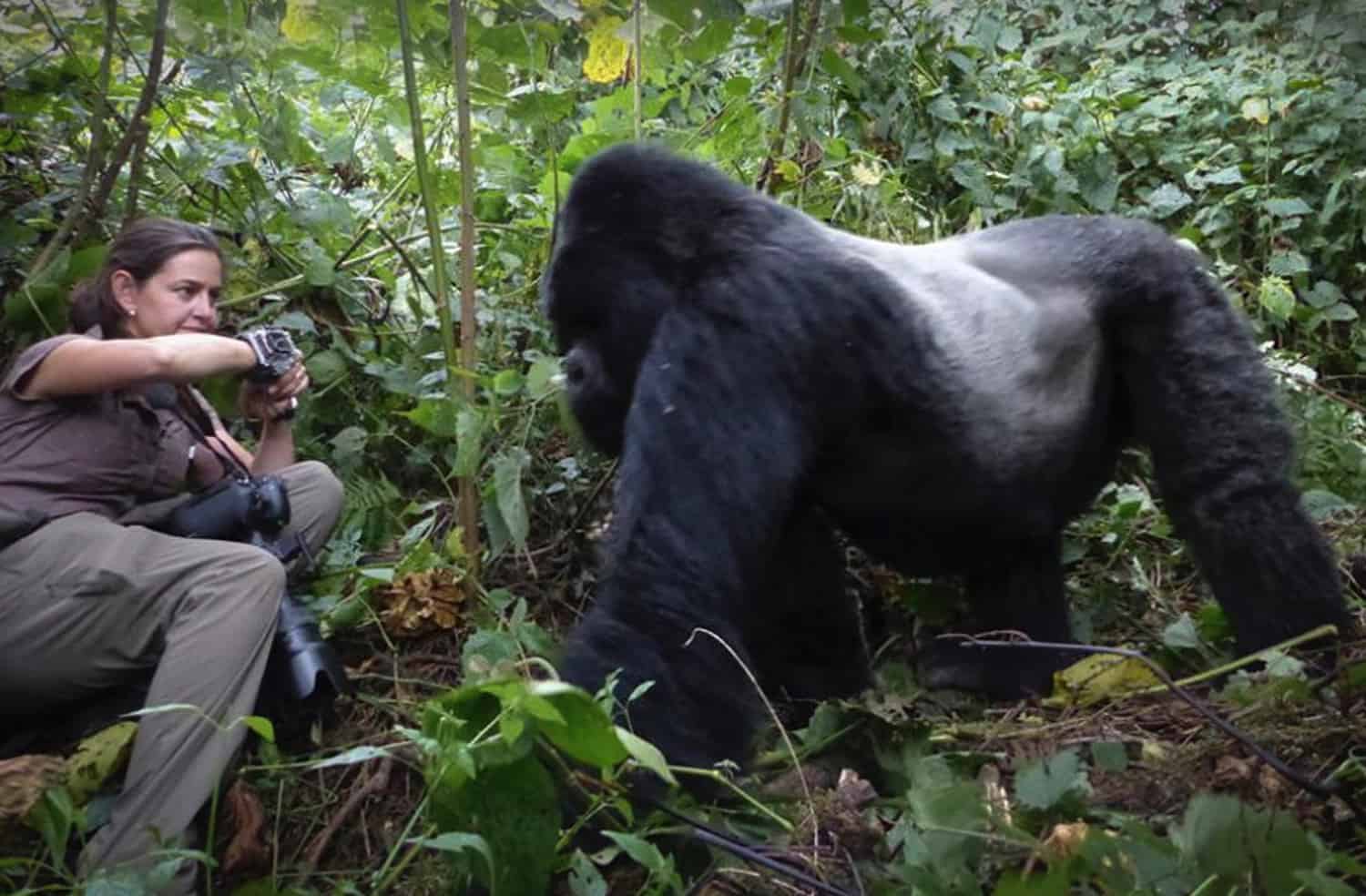
Gorilla trekking permits are a significant source of revenue for conservation efforts. The permits are issued in limited numbers to control the impact of tourism on the gorilla habitat and to ensure the safety of the gorillas and visitors. The revenue generated from these permits is used to support conservation efforts and offset the cost of monitoring and protecting the gorillas.
It is also important to note the process of habituating gorillas is not only time-consuming but also costly. The time and money spent in the gorilla habituation process are partly recovered through the gorilla trekking permits that again promote further research among the mountain gorillas.
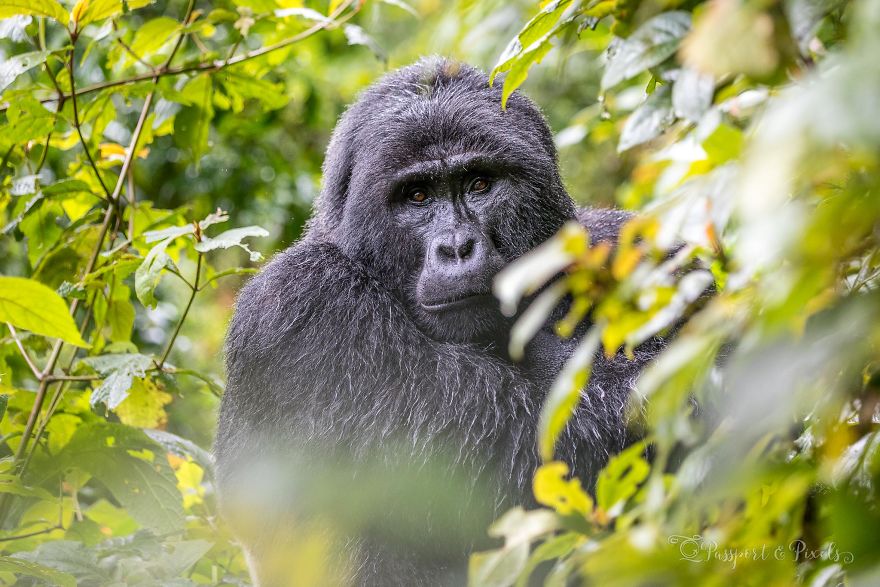
Limited Availability of Permits
Another reason why gorilla trekking is expensive is the limited availability of permits. The permits are issued in limited numbers to control the impact of tourism on the gorilla habitat and to ensure the safety of the gorillas and visitors.
The limited availability of permits is also a result of the need to limit the number of visitors to the gorilla habitat. Too many visitors can have a negative impact on the gorillas and their habitat. By limiting the number of permits, the impact of tourism can be controlled, and the gorillas can be protected.
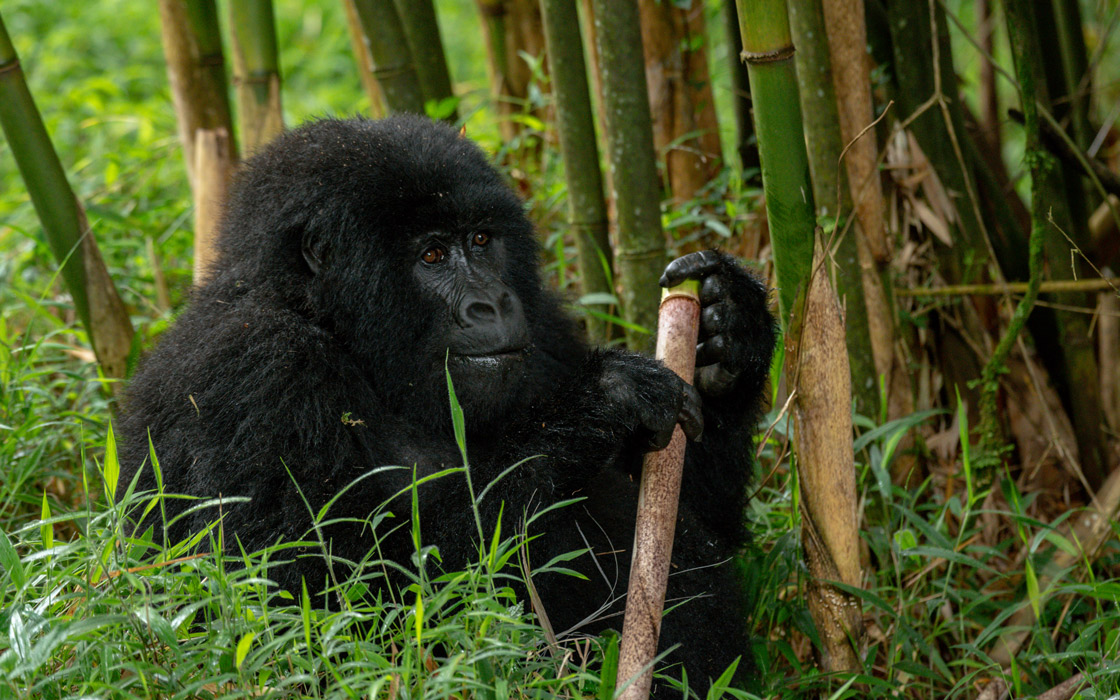
The demand for permits often exceeds the supply. Though the prices of the permits do not go higher during the peak season, many people are willing to pay any amount to simply come face to face with the mountain gorillas. If people were not willing to pay these high rates, the responsible authorities would have charged a little bit lower.
Remote Location
Gorilla habitats are located in remote areas, which require significant resources for transportation, accommodation, and support services. These costs are passed on to visitors, making gorilla trekking an expensive activity. Many people have found the accommodation in gorilla forest overpriced but these are more of monopolies since accommodation choices are limited.
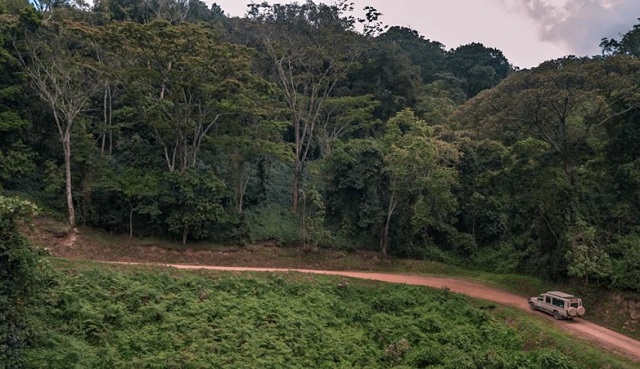
The remoteness of the location also adds to the overall cost of the experience. The infrastructure in these areas is often limited, which means that services such as accommodation and transportation are more expensive than in urban areas.
Competitive Market
Gorilla trekking is a unique and unforgettable experience that many people are willing to pay a premium to undertake. Unlike game drives that can be done almost everywhere on the African continent, not all gorilla destinations are as secure as Uganda and Rwanda. This has left these two countries to be the only reliable gorilla trekking destinations.
With only two options in the whole world, a premium price is highly unavoidable. While many people would have opted for Congo which is cheaper, Virunga national park closes every now and then because of the civil war.
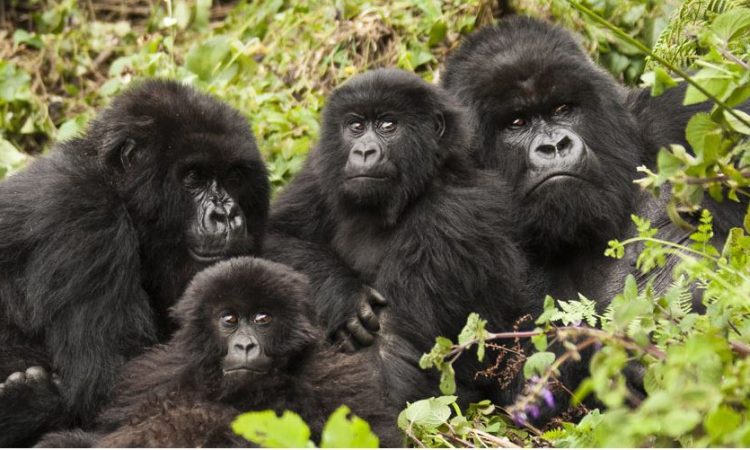
The maximum number of people who can trek on a given day is not more than 300 people. This competition for permits means that some visitors may be willing to pay more for permits, driving up the price even further. While this can be frustrating for visitors on a budget, it is an essential part of the conservation efforts that protect the gorillas.
Uganda and Rwanda have continuously revised their gorilla trekking permit rates in the last decade to the point that Rwanda more than tripled their gorilla trekking permit rates.
Limited Capacity
Unlike Savannah National Park which can host thousands of people in just one day. This is not the case with gorilla trekking destinations. The cost that would have been spread among over 1000 people is spread among less than 100 people per day. For this reason, the price of gorilla trekking has always been high.
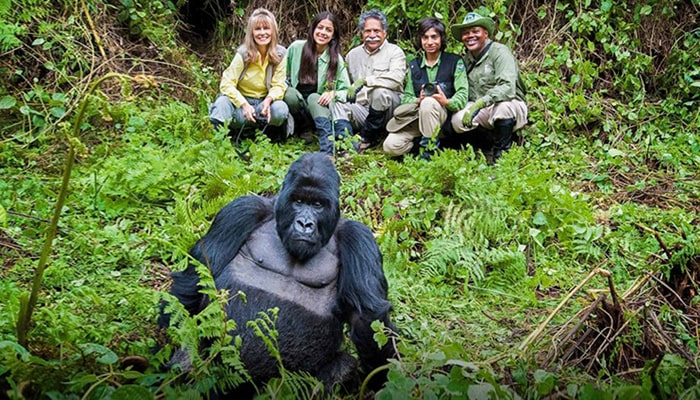
In conclusion, gorilla trekking is an expensive activity, but it is an essential part of conservation efforts and provides an opportunity to observe and protect these magnificent creatures in their natural habitat. While the cost may be a barrier to some, the opportunity to see these incredible creatures up close is a once-in-a-lifetime experience that is worth the investment.

